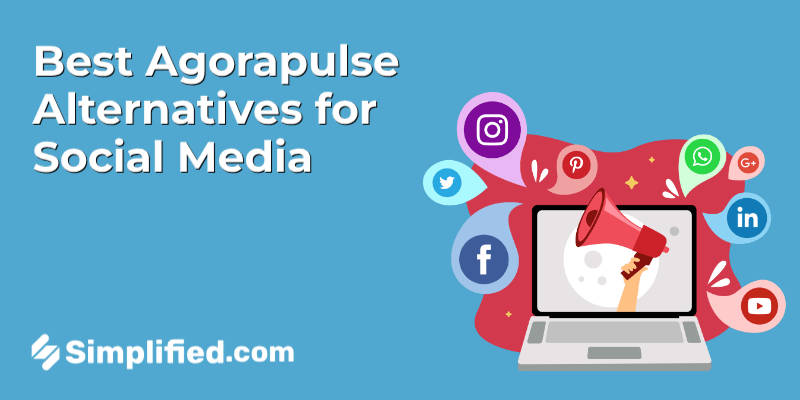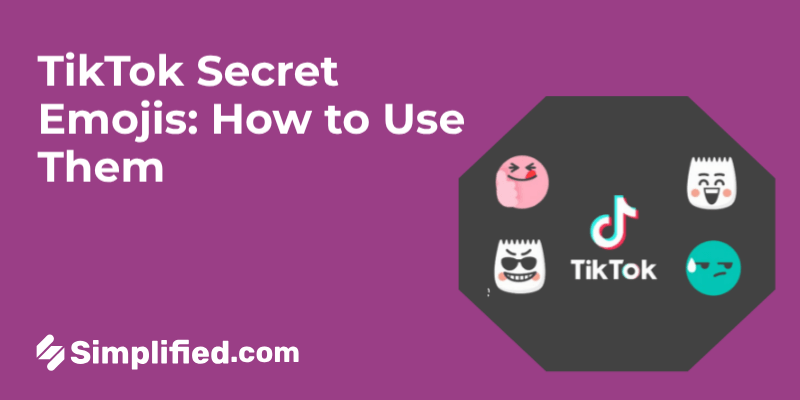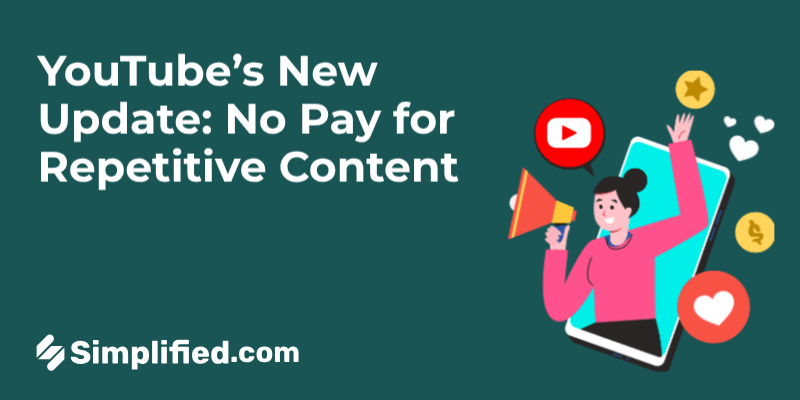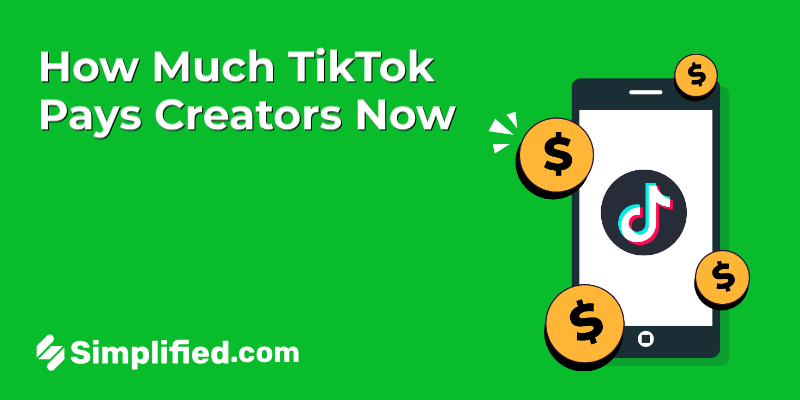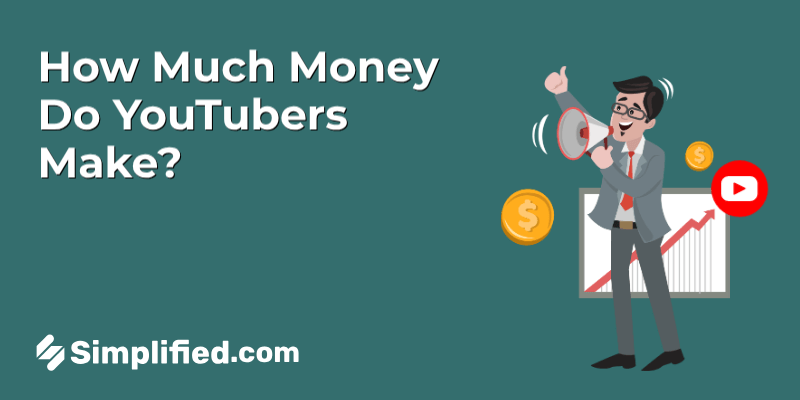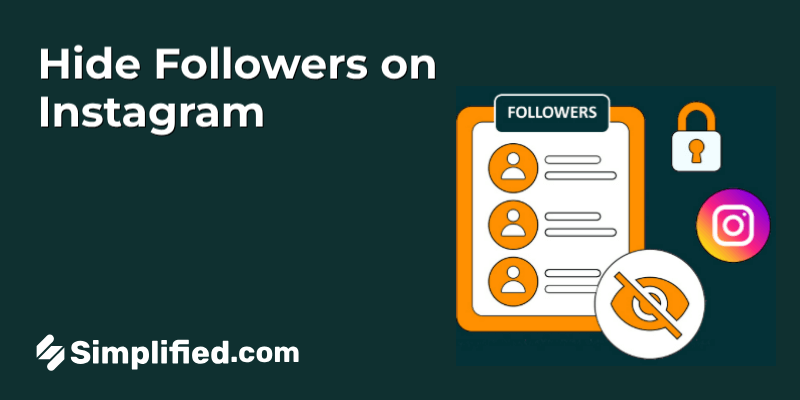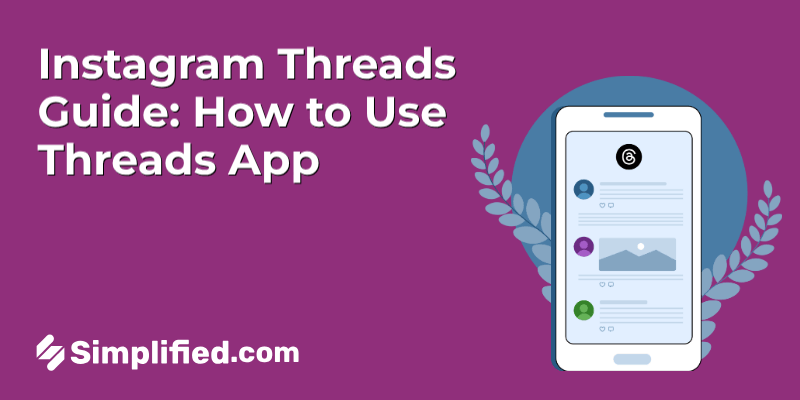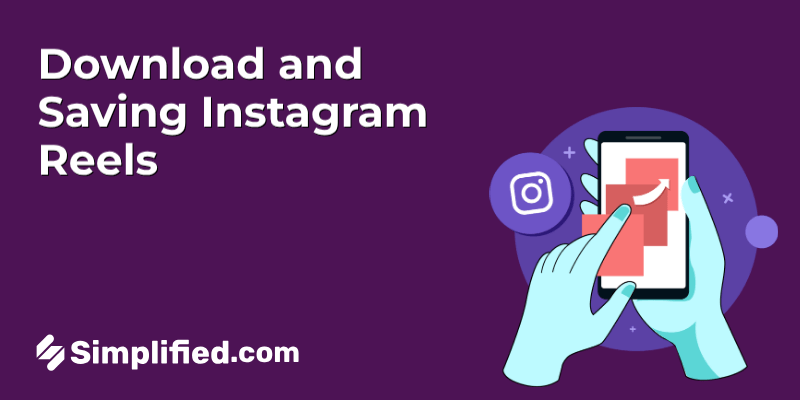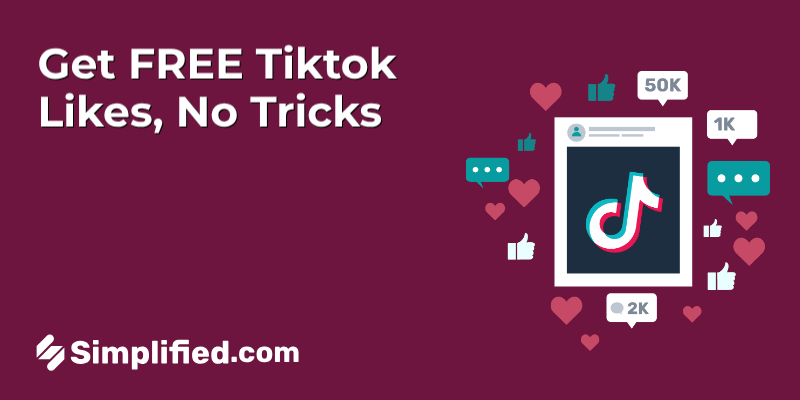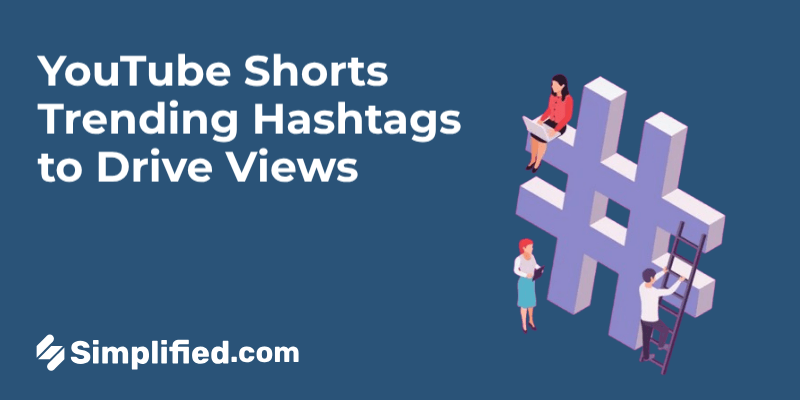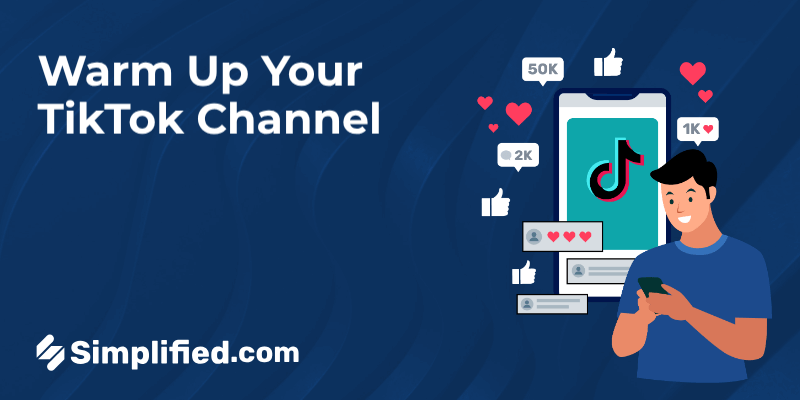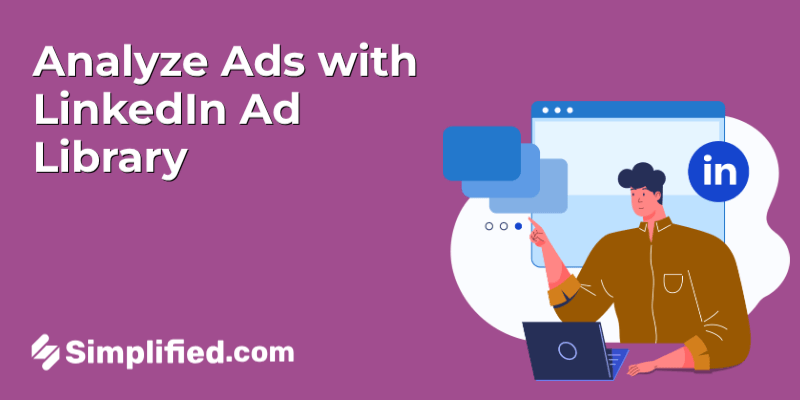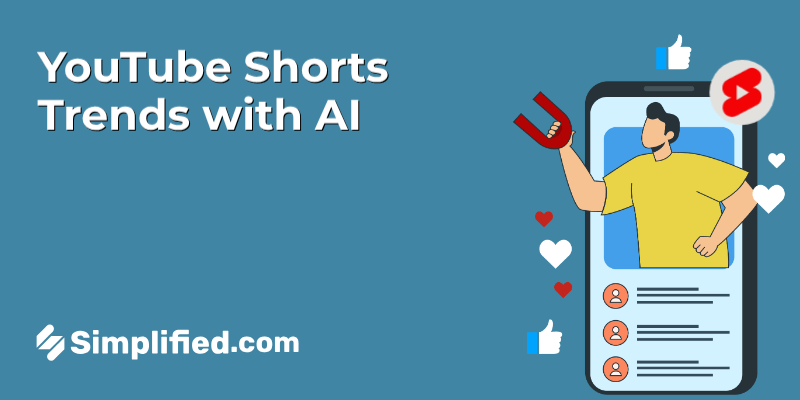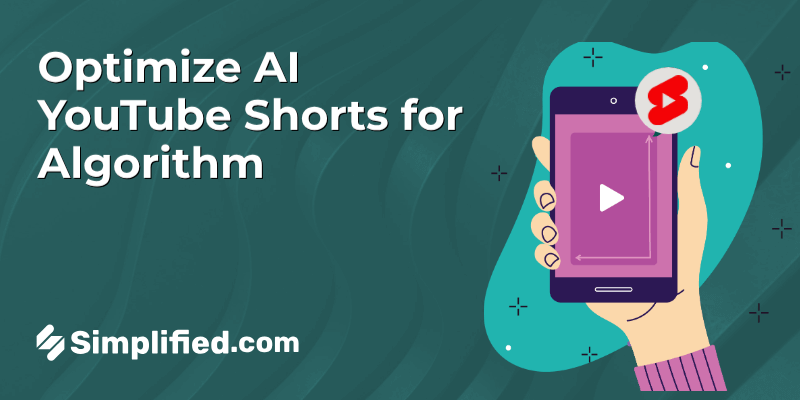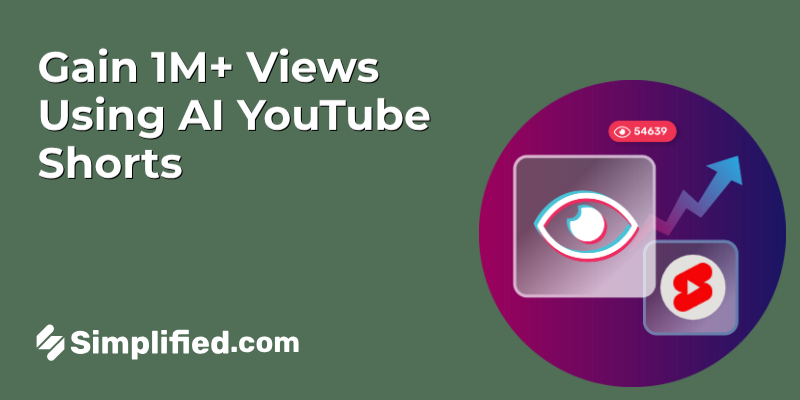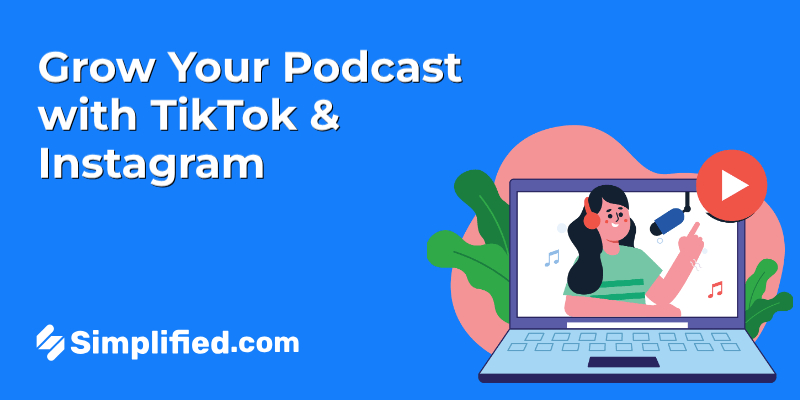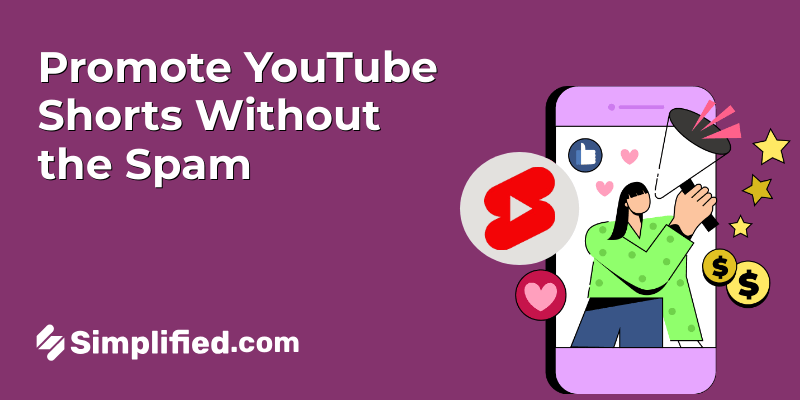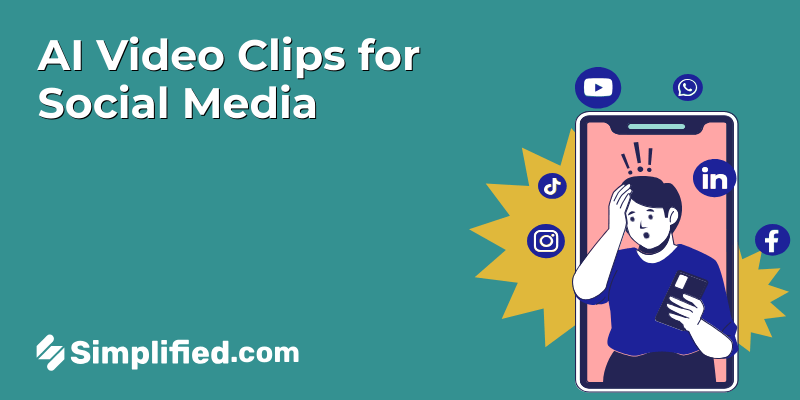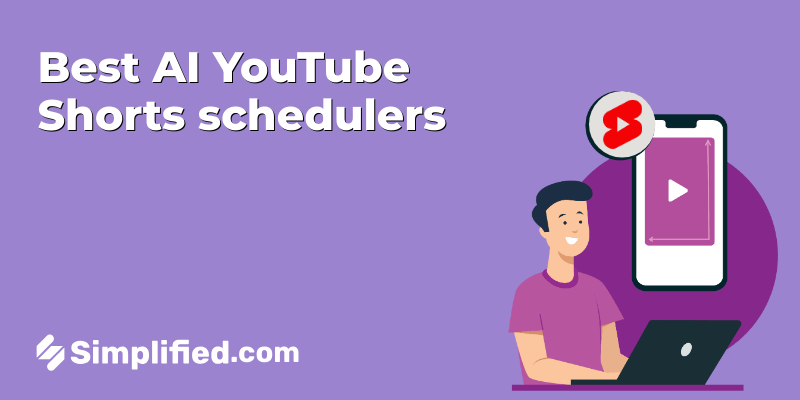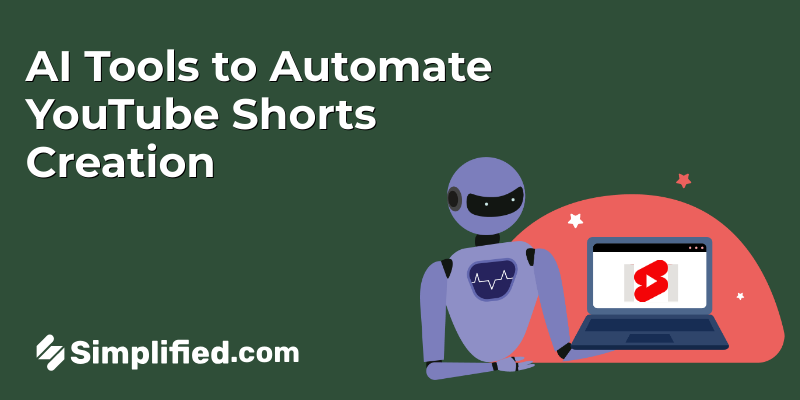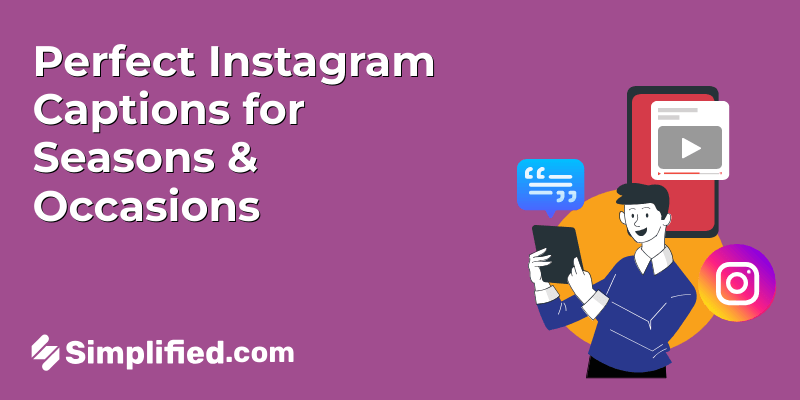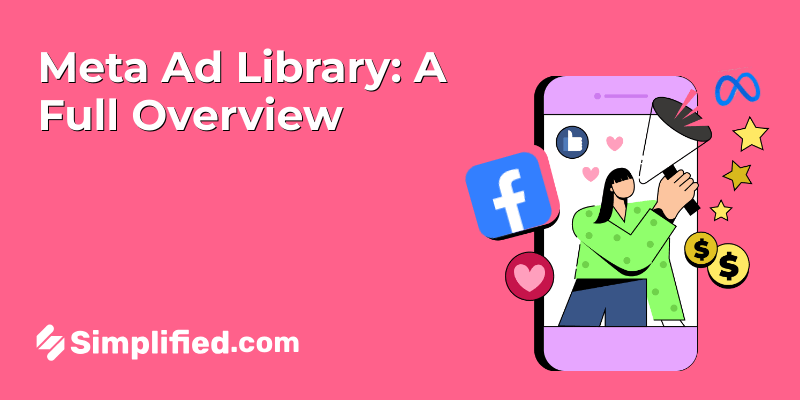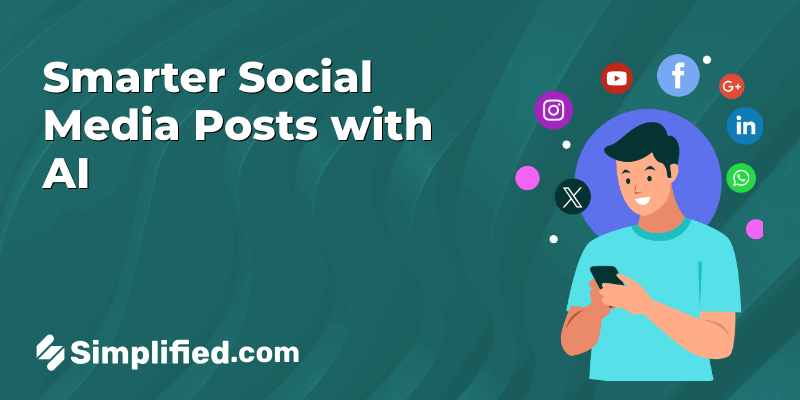
Picture this: AI creating the perfect social media posts that not only grab attention but also connect with your audience. Sounds futuristic, right? But it’s happening right now. As businesses strive to stand out in a crowded digital world, AI is stepping in to change how content is made. From generating posts that reflect your brand’s voice to analyzing trends that drive engagement, AI is quickly becoming an essential tool for social media marketing. In this blog, we’ll explore how AI-powered tools are reshaping content creation and why they should be a key part of your social media strategy.
The Rise of AI in Social Media Marketing: A Game Changer
AI’s influence on marketing is no longer just a concept; it’s a fast-growing trend. More businesses are adopting AI to create, manage, and optimize social media content. AI tools can quickly analyze vast amounts of data, providing insights that humans might overlook. With AI, marketers can easily identify trending topics and create posts that resonate with their target audience.
The global use of AI in marketing is projected to continue expanding. According to a recent study, over 70% of marketers are already using some form of AI technology in their social media campaigns. AI tools can generate social media posts at scale, making it easier for businesses to maintain a consistent online presence. Whether it’s creating promotional content, curating user-generated content, or analyzing audience engagement, AI plays a crucial role in improving social media efforts.
How Does an AI Social Media Post Generator Work?
An AI social media post generator functions by using advanced technologies such as Natural Language Processing (NLP) and machine learning. Here’s a step-by-step breakdown of how these tools work:
1. Data Analysis:
The tool starts by analyzing vast amounts of data. This data includes existing social media content, user interactions, engagement rates, and trends. By understanding the types of posts that resonate with specific audiences, the AI is able to identify patterns and preferences.
For example, it can identify that posts with certain hashtags or phrases tend to attract more engagement or that specific content types (such as videos or images) are more effective on particular platforms.
Bonus: How to Rewrite AI Generated Text as Human Content
2. Audience Insights:
AI tools examine the audience’s behavior and preferences to create content that speaks directly to them. This includes studying past interactions, engagement rates, and even browsing behaviors on social media platforms.
For instance, if a brand has followers who engage more with humorous content or educational posts, the AI will take that into account when crafting future content.
3. Content Generation:
Once the AI understands the trends and the audience, it begins generating the actual posts. The AI is capable of producing written content, such as captions, headlines, and hashtags, based on the input it receives from users.
The AI uses NLP algorithms to ensure the generated text flows naturally and aligns with the brand’s voice. It can create short, catchy posts or more detailed descriptions depending on the needs.
4. Optimization:
After generating the text, AI tools further optimize the post by recommending relevant hashtags, links, or images that would improve the post’s reach and engagement.
It also adjusts the content’s length, tone, and style to suit the platform (e.g., shorter, more casual posts for Twitter, or longer, more detailed posts for LinkedIn).
Bonus: Top Social Media Scheduling Tools to Boost Your Marketing Strategy
5. Testing and Refining:
Many AI tools continuously refine their content based on feedback and data. As posts are published and interactions are tracked, the AI learns from the results and improves future content suggestions.
For example, if a post performs well, the AI identifies why it was successful (e.g., the choice of hashtags, the timing of posting) and applies this insight to future posts.
6. Post Scheduling:
Once the post is ready, the AI tool may include the option to schedule posts for optimal times based on the brand’s target audience’s online activity. This ensures posts are scheduled to go live when they are most likely to be seen and engaged with.
Benefits of Using AI to Create Social Media Posts
- Save Time and Advance Productivity: AI tools can automate the process of creating social media posts, saving valuable time for marketers. Instead of spending hours brainstorming and writing, AI can generate content quickly, allowing you to focus on other important aspects of your strategy.
- Data-Driven Insights: AI social media post generator uses data to guide content creation. They analyze engagement metrics like likes, shares, comments, and click-through rates to determine what content works best. This helps create posts that are not only relevant but also optimized for maximum engagement.
- Better Targeting: AI generated posts are optimized based on your audience’s interests and behaviors. Whether it’s posting at the best time or including the most relevant hashtags, AI can ensure that your content reaches the right people at the right moment.
- 24/7 Content Creation: AI tools never sleep. They can generate posts around the clock, ensuring that you have fresh content available at all times, even outside business hours. This capability is especially useful for businesses with global audiences across different time zones.
Bonus: How to Use Social Media Automation Tools for Posting Strategy
The Best AI Social Media Post Generators: Which One Should You Use?
Here’s a detailed comparison of some of the best AI social media post generators available today. These tools are designed to help businesses and content creators automate and enhance their social media strategies:
1. Simplified – All in One AI Platform
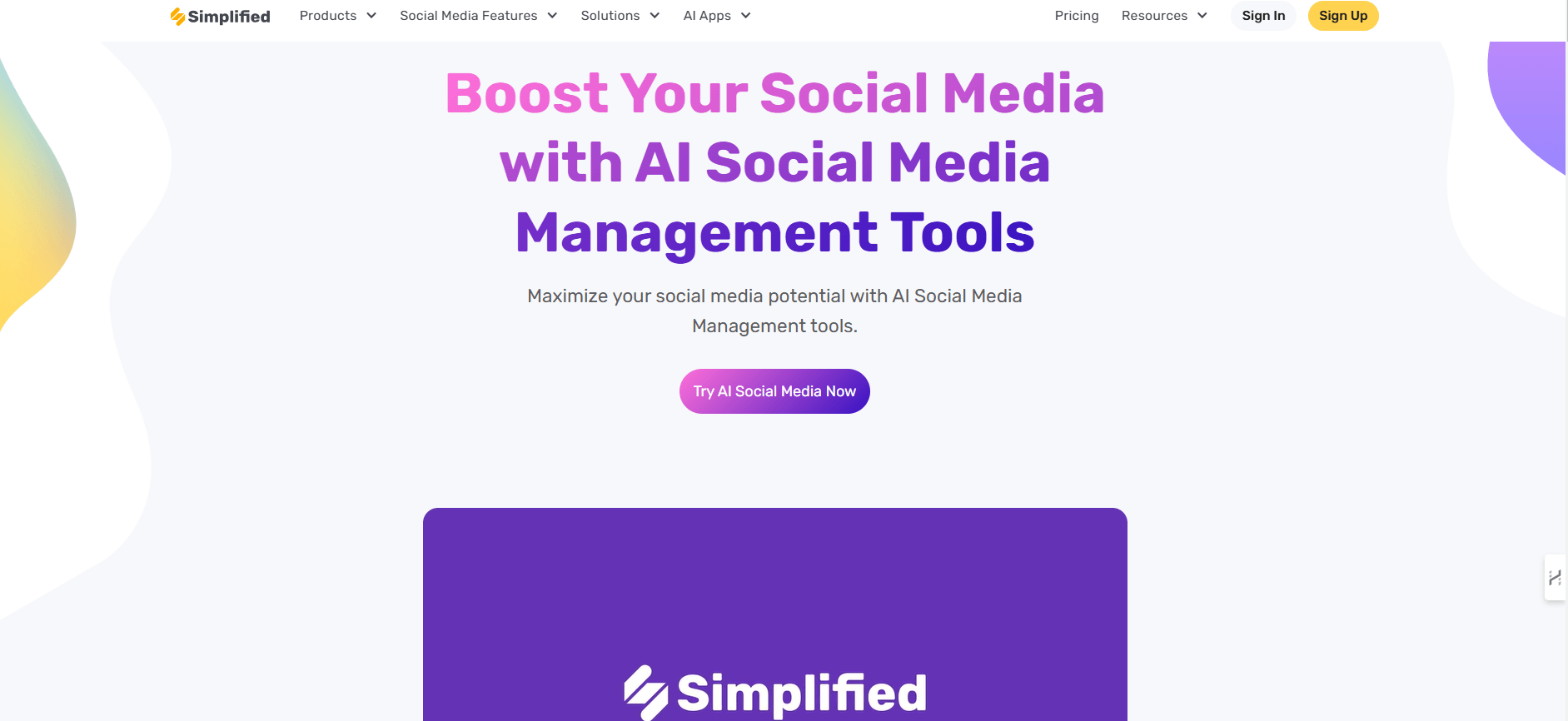
Features:
- Multi-platform support (Instagram, Twitter, LinkedIn, Facebook)
- AI-driven content generation that fits your brand voice
- Hashtag recommendations and content optimization based on trends
- Content scheduling and analytics to track post performance
Pros:
- Versatile: Supports a wide range of social media platforms.
- Customization: AI adapts to your brand’s tone and target audience, offering more relevant content.
- Scheduling: Allows scheduling posts for optimal times to reach the right audience.
- Analytics: Provides insights into post engagement and performance.
Cons:
- Learning Curve: Users might take time to fully utilize all features.
- Limited Free Plan: The free version has restricted features, requiring an upgrade for more options.
Bonus: Master Content Scheduling & Publishing: A Social Media Guide
2. SocilaBee
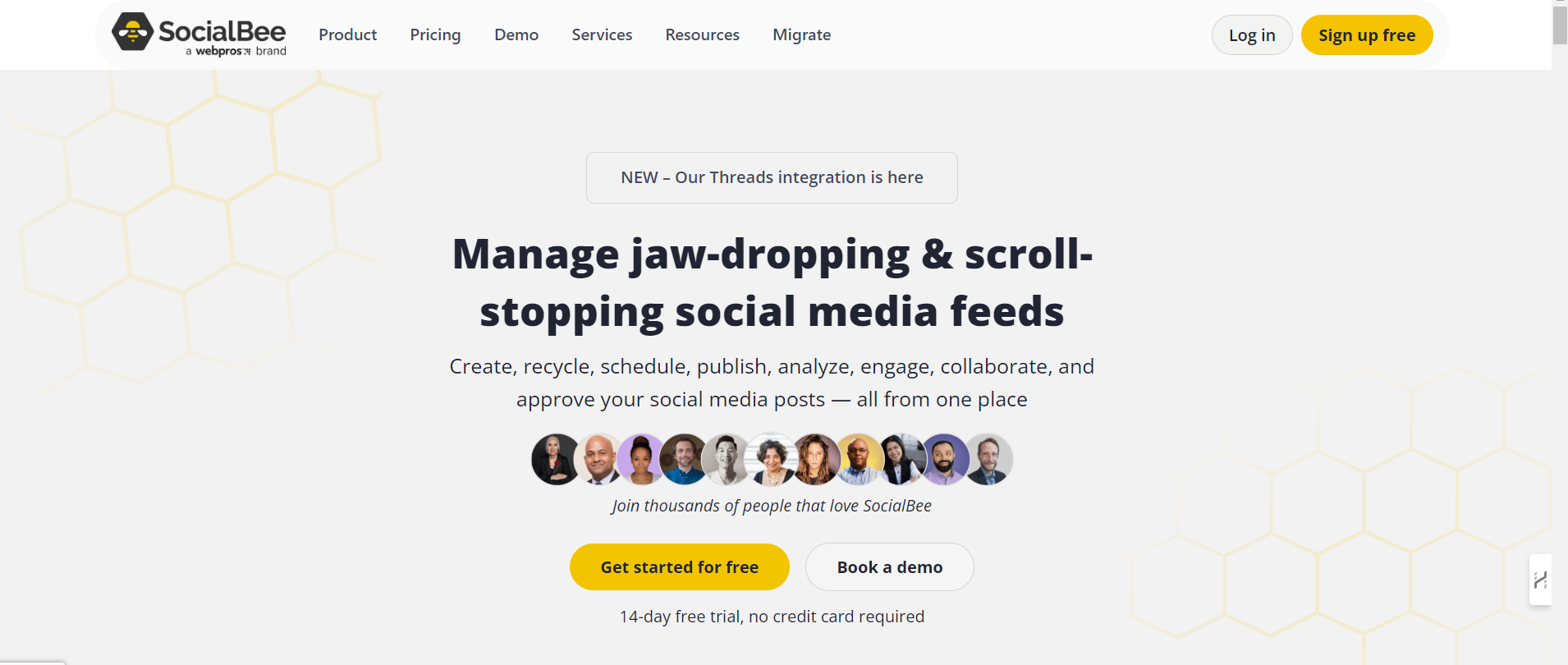
Features:
- AI-powered content suggestions based on trending topics
- Multilingual support for global audiences
- Optimized hashtag suggestions for better reach
- Scheduling for consistent content posting
Pros:
- Trending Topics: AI helps generate posts based on the latest trends, ensuring relevancy.
- Multilingual Support: Ideal for businesses with global audiences.
- Hashtag Optimization: Suggests relevant hashtags to improve post visibility.
- Content Scheduling: Ensures posts are published at optimal times for engagement.
Cons:
- Limited Customization: Offers fewer customization options compared to other platforms.
- Basic Analytics: Lacks detailed performance insights and engagement metrics.
3. Buffer
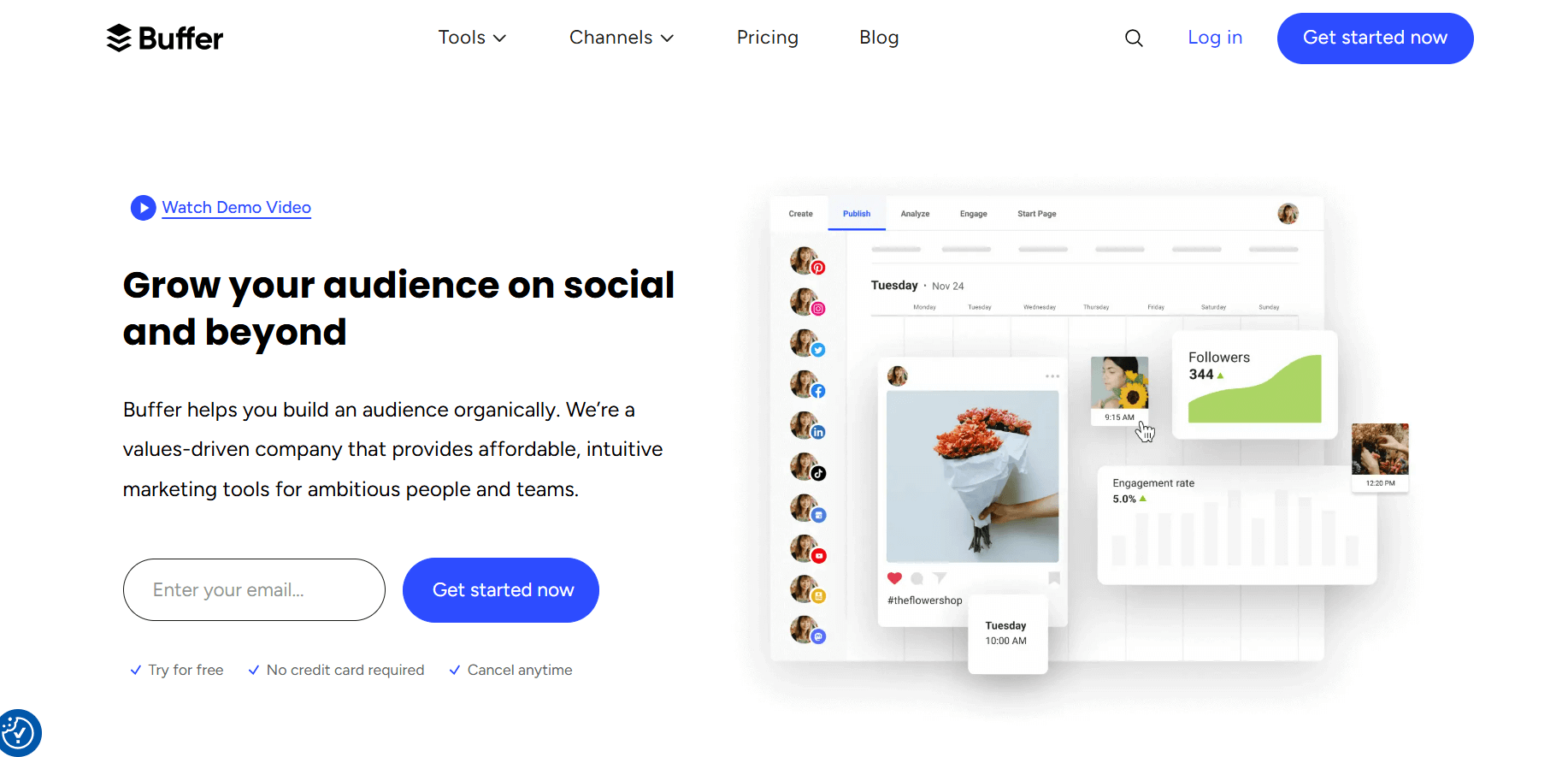
Features:
- Content scheduling for multiple social platforms
- AI-driven content suggestions based on audience behavior
- Team collaboration tools for approval workflows
- In-depth analytics and reporting for post performance
Pros:
- Team Collaboration: Great for businesses with multiple users needing access and approval workflows.
- Comprehensive: Combines scheduling, content curation, and analytics in one platform.
- Content Suggestions: AI suggests content based on trends and audience behavior.
- Analytics: Provides detailed data on post performance to inform future strategies.
Cons:
- Price: Can be costly for small businesses, especially with paid plans.
- Complex Interface: The platform can feel overwhelming for beginners due to its many features.
- Limited AI in Content Generation: The AI content generation is less advanced compared to other platforms focused solely on AI.
Bonus: How Social Media Scheduling Can Maximize Your Brand’s Reach
4. Hootsuite
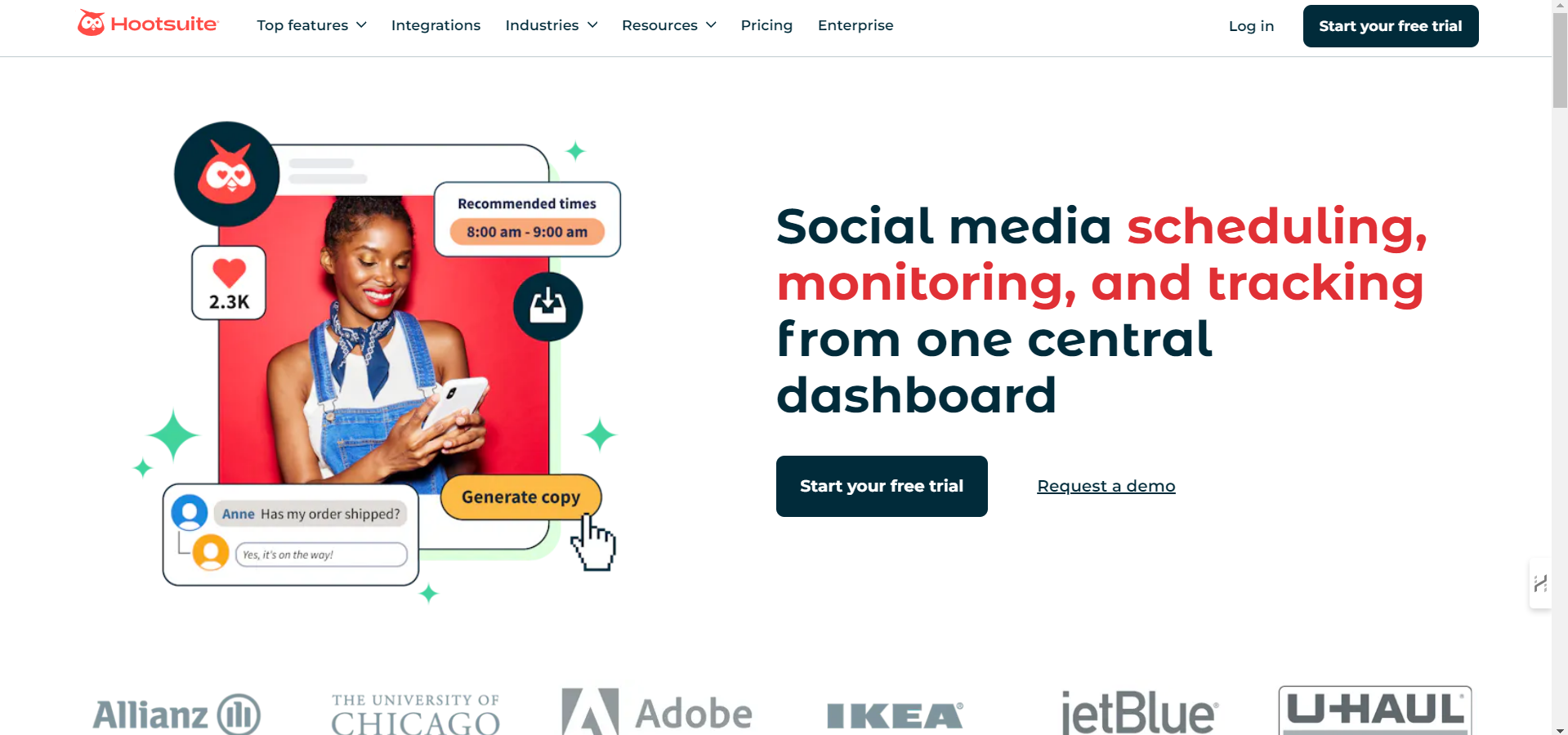
Features:
- Full social media management with scheduling, curation, and analytics
- AI-driven content ideas and optimization
- In-depth reports on engagement and reach
- Team collaboration for content creation and approval
Pros:
- Comprehensive Features: Includes everything from scheduling and publishing to analytics and team collaboration.
- AI Content Suggestions: Helps generate content based on audience interactions and trends.
- Advanced Analytics: Offers detailed reports to evaluate content performance and engagement.
- Team Collaboration: Allows multiple users to work together on content strategy.
Cons:
- Expensive: The pricing can be high, especially for smaller businesses or solopreneurs.
- Complexity: The interface may be difficult for beginners due to its extensive features.
- Limited Content Generation AI: While it offers AI features, the content generation is not as sophisticated as some specialized tools.
5. SocialBu
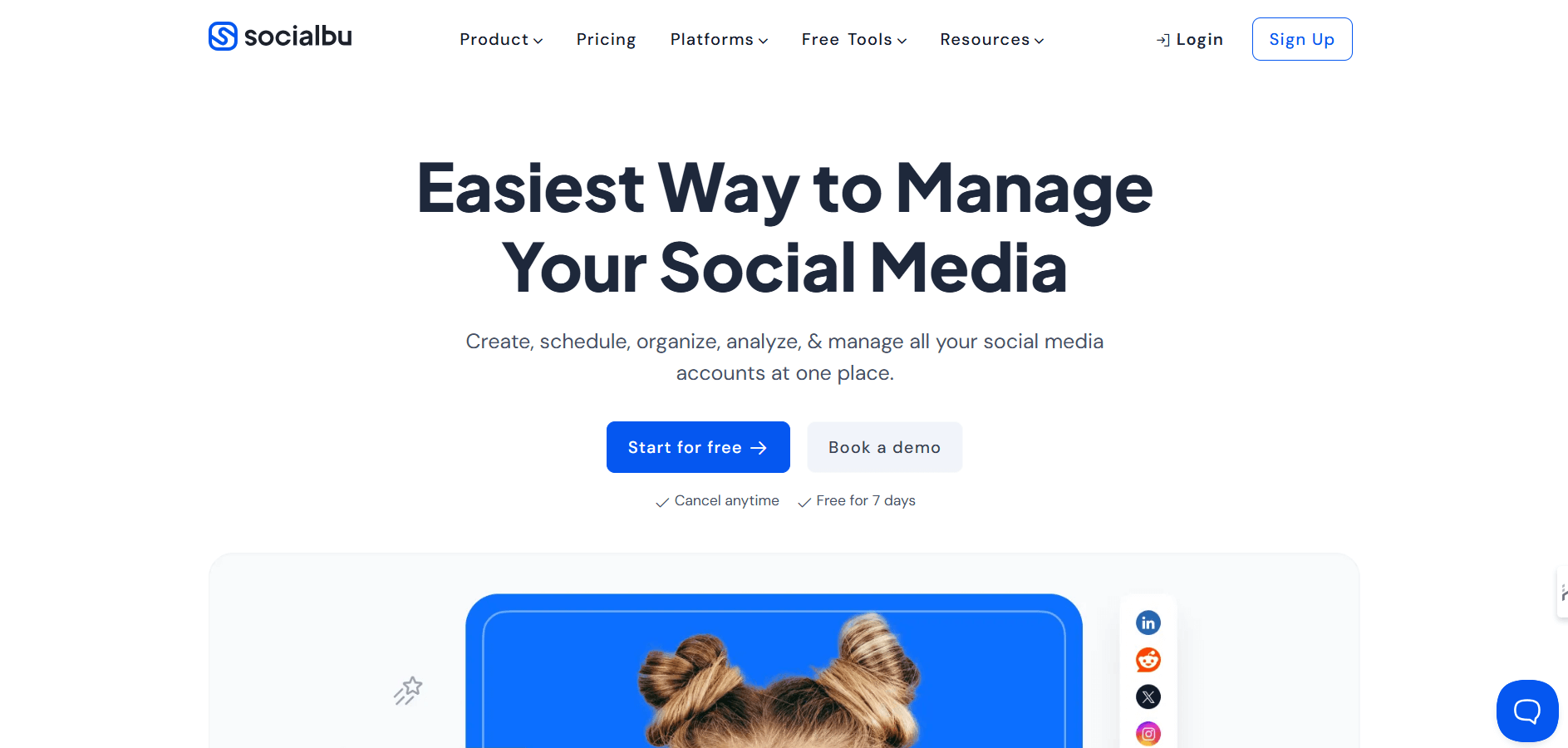
Features:
- Bulk scheduling of social media posts across platforms
- AI-generated posts based on trending topics
- Engagement analytics to track audience interaction
- Cross-platform support for Instagram, Twitter, LinkedIn, and Facebook
Pros:
- Bulk Scheduling: Perfect for businesses needing to schedule large volumes of posts.
- Engagement Analytics: Tracks how posts perform and adjusts content strategies based on data.
- AI-Powered Content: Generates content for posts with AI assistance, reducing the time spent creating new posts.
- Cross-Platform: Works across multiple social media platforms to keep your content consistent.
Cons:
- Free Plan Limitations: The free plan comes with restrictions, such as fewer posts and limited analytics.
- Basic Analytics: Lacks the in-depth performance tracking that other tools like Buffer or Hootsuite offer.
- Customization: AI-generated posts may be too basic for businesses requiring highly specific content.
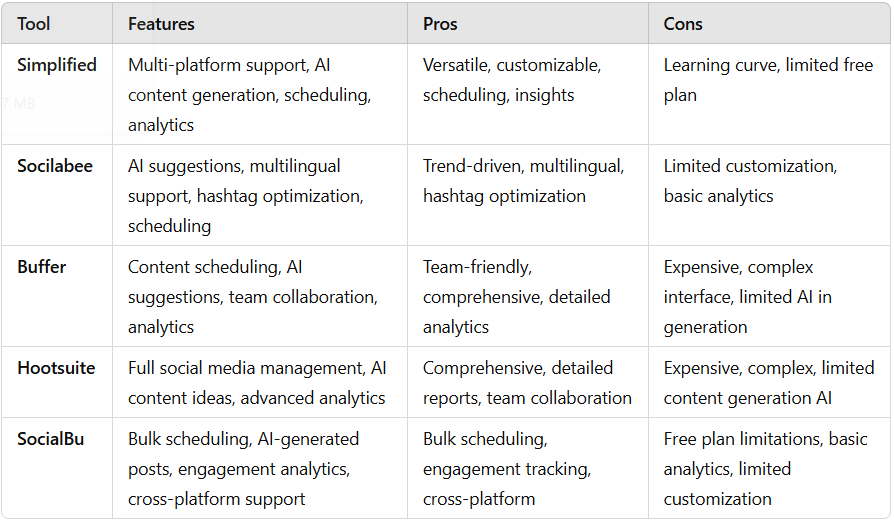
Bonus: How Social Media Automation Can Save You Over 15 Hours Weekly
AI-Generated Posts in Action: Real-Life Success Stories
AI-powered social media post generators are not just theoretical concepts; they are actively transforming how businesses approach content creation. Numerous brands in different industries are already using AI to create engaging posts, increase social media interaction, and save time. Below are some real-life success stories where AI-generated posts have made a noticeable impact:
1. Adidas: AI-Generated Social Media Posts to Drive Engagement
Challenge: Adidas needed a way to maintain a consistent flow of engaging content across various platforms like Instagram, Twitter, and Facebook, without investing excessive time in content creation.
AI Solution: Adidas adopted an AI tool that helped generate posts based on audience behavior and trends. The tool adapted content in real-time to suit each platform’s style and audience.
Results:
- Engagement Increase: The AI-generated posts saw a 20% boost in interactions with the audience.
- Time-Saving: Content creation was automated, allowing Adidas to focus on other strategic tasks.
- Audience-Centric: Posts were designed to engage various customer groups, from casual shoppers to sports enthusiasts.
2. The Washington Post: Automating Social Media with AI
Challenge: The Washington Post wanted to quickly share breaking news on social media while ensuring content was relevant and timely.
AI Solution: The Washington Post used Heliograf, an AI tool that automatically wrote posts based on breaking news and live events. It provided concise updates and shared them in real-time.
Results:
- Faster Content Delivery: Updates were posted within minutes, keeping the audience informed on breaking news.
- Wider Reach: Immediate posting resulted in more interactions and shares during events like elections or sports games.
- Higher Engagement: Timely, relevant posts increased audience involvement and conversations.
Bonus: How to Automate Social Media Marketing Without Losing The Human Touch
3. Netflix: AI to Promote Content Across Platforms
Challenge: Netflix needed a method to promote new releases across various platforms while reaching different customer segments globally.
AI Solution: Netflix used AI to generate posts based on viewer preferences and habits. The AI tool created custom posts to match the interests of specific audience groups.
Results:
- Targeted Content: AI-generated posts appealed to the right groups, driving engagement.
- Increased Subscriptions: The posts promoted content effectively, resulting in a higher number of subscriptions.
- More Views: The AI-driven posts increased visibility for new shows and movies, contributing to better content promotion.
4. Sephora: Automating Social Media Content Creation
Challenge: Sephora wanted to share frequent updates on product launches and promotions while keeping their content consistent and engaging.
AI Solution: Sephora adopted an AI tool that created posts for new product launches, sales, and beauty tips. The AI tool analyzed trends and audience engagement to craft the best possible posts.
Results:
- Higher Interactions: AI-generated posts saw more likes, comments, and shares due to their relevance.
- Sales Increase: Posts promoting new products directly contributed to more sales and visits.
- Timely Updates: AI ensured the posts were made in real-time, capturing audience interest at the right moments.
5. Starbucks: Social Media Marketing with AI
Challenge: Starbucks needed a solution to quickly promote seasonal beverages and offers while keeping up with customer engagement across social media.
AI Solution: Starbucks applied AI to create posts promoting seasonal drinks and limited-time offers, optimized for social platforms like Twitter, Instagram, and Facebook.
Results:
- Increased Engagement: AI posts about promotions and limited-time offers led to higher interaction rates.
- Boosted Sales: Posts directly contributed to a noticeable increase in sales and online orders.
- Frequent Content: AI allowed Starbucks to post regularly without requiring extra resources.
6. Unilever: Scaling Social Media with AI
Challenge: Unilever needed an efficient way to create and manage content for multiple brands under its umbrella. They wanted to ensure each post was relevant to its audience while maintaining consistency across all platforms.
AI Solution: Unilever implemented AI tools that created content for their brands. The AI analyzed customer preferences and trends to generate content suited to each specific brand’s target audience.
Results:
- Wider Reach: AI-generated posts helped Unilever expand their reach by catering to different audience groups.
- Better Campaigns: Campaigns that involved AI-generated posts saw higher interaction rates and better overall performance.
- Time-Saving: Content creation was automated, allowing the team to focus on other aspects of their strategy.
Bonus: Top 10 Social Media Automation Tools to Help You Manage Your Marketing
Can AI-Generated Posts Outperform Human-Created Content?
AI-generated content has made significant strides, but how does it compare to human-created posts? Here’s a brief breakdown:
1. Precision & Consistency
- AI: Delivers data-driven, precise content, optimizing for target audiences, and maintains consistency across posts.
- Human: Offers creativity but may struggle with maintaining consistency over time.
2. Engagement & Interaction
- AI: Optimizes content for better engagement using data analysis (timing, hashtags, etc.).
- Human: Drives deeper emotional connections through creative and personal storytelling.
3. Reach & Visibility
- AI: Optimizes SEO, hashtags, and cross-platform content formatting, ensuring higher visibility.
- Human: Can capitalize on trends and collaborations to extend reach.
4. Creativity & Originality
- AI: Follows trends and patterns, but lacks true creativity.
- Human: More original and adaptable, often creating unique and compelling content.
5. Cost Efficiency
- AI: More cost-effective for high-volume posts and routine content creation.
- Human: Higher costs, but essential for impactful campaigns requiring expertise.
AI excels in precision, volume, and optimization, making it ideal for routine content. However, for creative, emotionally-driven campaigns, human-created posts continue to outperform. A combination of both AI and human input often yields the best results.
Bonus: How to Automate LinkedIn Posts With Automation Tools: A Practical Guide
The Speed and Smarts of AI: Create Content Faster
In the fast-paced world of social media, timing is everything. AI social media post generators are designed to create posts in minutes, not hours. With AI’s ability to analyze current trends and audience preferences, businesses can produce content quickly and adapt to changes in real time.
For example, AI tools can adjust posts based on the latest news or trending topics, allowing businesses to stay relevant and engaged with their followers. The speed at which AI can generate content gives businesses a competitive edge in the ever-changing social media landscape.
The Future of AI Generated Posts: What’s Next?
As AI continues to evolve, so too will its role in social media content creation. Future AI tools will likely include predictive analytics, which will allow them to anticipate audience reactions before a post is even made. Personalized content based on individual user preferences could become the standard.
The future of AI in social media also involves dynamic posts, which adjust in real-time based on audience feedback or behavioral data. This could allow businesses to create highly engaging, personalized experiences for their followers.
Conclusion: Should You Be Using AI to Write Your Posts?
The potential of AI in social media marketing is undeniable.AI-driven tools can create social media posts that resonate with your audience, increase engagement, and save time. As the technology continues to evolve, AI generated posts will only become more sophisticated, offering businesses an even greater opportunity to connect with their audience.
If you’re looking to improve your social media strategy, consider testing out an AI social media post generator. With its ability to generate content quickly and optimize posts based on data, it’s a tool that can help your business stand out in the crowded social media space.
Start creating social media posts with AI today and watch how it can enhance your content strategy.

